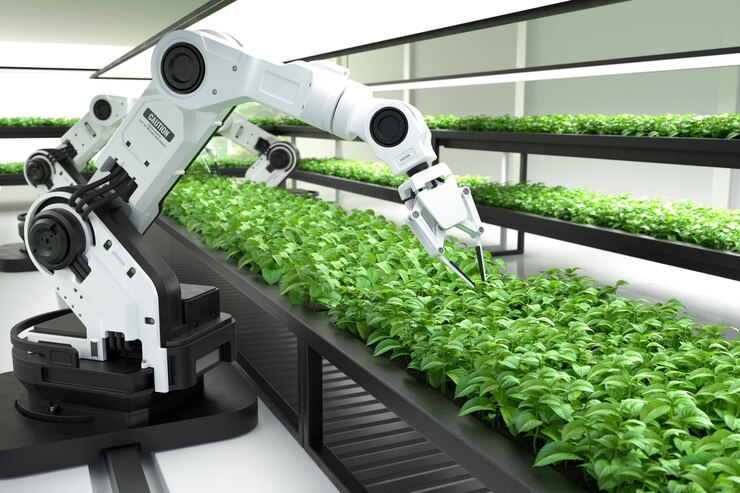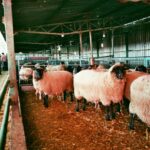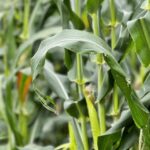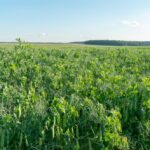In South Africa, where agriculture plays a vital role in food security and the economy, farmers face challenges such as unpredictable weather, soil degradation, and fluctuating market demands. Artificial intelligence (AI) is emerging as a game-changer, helping farmers make data-driven decisions and accurately predict crop yields. By analyzing vast amounts of agricultural data, AI enables farmers to optimize their operations, reduce losses, and improve productivity.
1. AI-Powered Weather Forecasting
Weather variability is one of the biggest factors affecting crop yields. AI-driven weather prediction models analyze historical and real-time climate data to provide accurate forecasts. This helps farmers decide the best planting and harvesting times, reducing risks associated with droughts, floods, and frost. AI can also suggest adjustments in irrigation schedules based on expected rainfall, ensuring optimal water usage.
2. Soil Health and Crop Monitoring
AI-powered sensors and imaging technology allow farmers to monitor soil conditions in real time. By analyzing soil moisture, nutrient levels, and pH balance, AI can recommend the best fertilizers and crop rotation strategies. Additionally, satellite imagery combined with AI detects early signs of crop stress, disease, or pest infestations, allowing farmers to take timely action before significant damage occurs.
3. Yield Prediction Models
AI algorithms process data from multiple sources, including past harvests, climate conditions, and soil health, to predict future crop yields with high accuracy. These predictions help farmers plan better by estimating expected output and optimizing resource allocation. Machine learning models also refine predictions over time, improving accuracy with each growing season.
4. Precision Agriculture for Higher Efficiency
AI-powered precision farming helps optimize every stage of the farming process. From seed selection to harvesting, AI analyzes data to suggest the most effective techniques. Automated machinery equipped with AI can adjust planting depth and spacing based on soil conditions, ensuring uniform growth and higher yields.
5. Market and Price Forecasting
AI doesn’t just help with production; it also improves market strategies. By analyzing past market trends and demand patterns, AI provides insights into which crops will be most profitable in the upcoming season. This enables farmers to make informed decisions about what to plant and when to sell, maximizing their earnings.
6. Reducing Waste and Improving Sustainability
AI-driven data analysis helps minimize waste by ensuring that inputs like water, fertilizers, and pesticides are used efficiently. This reduces environmental impact while keeping farming costs low. Additionally, AI can identify areas where post-harvest losses occur, enabling farmers to improve storage and distribution strategies.
The Future of AI in South African Agriculture
As AI technology continues to advance, its adoption in South African farming is expected to increase. With support from agritech startups, government initiatives, and increased access to smart farming tools, even small-scale farmers can benefit from AI-driven insights.
By embracing AI, South African farmers can boost productivity, enhance food security, and build more resilient agricultural systems. With accurate crop yield predictions and data-driven farming techniques, AI is helping to shape the future of agriculture in the country.
Join 'Farmers Mag' WhatsApp Channel
Get the latest Farming news and tips delivered straight to your WhatsApp
CLICK HERE TO JOIN






